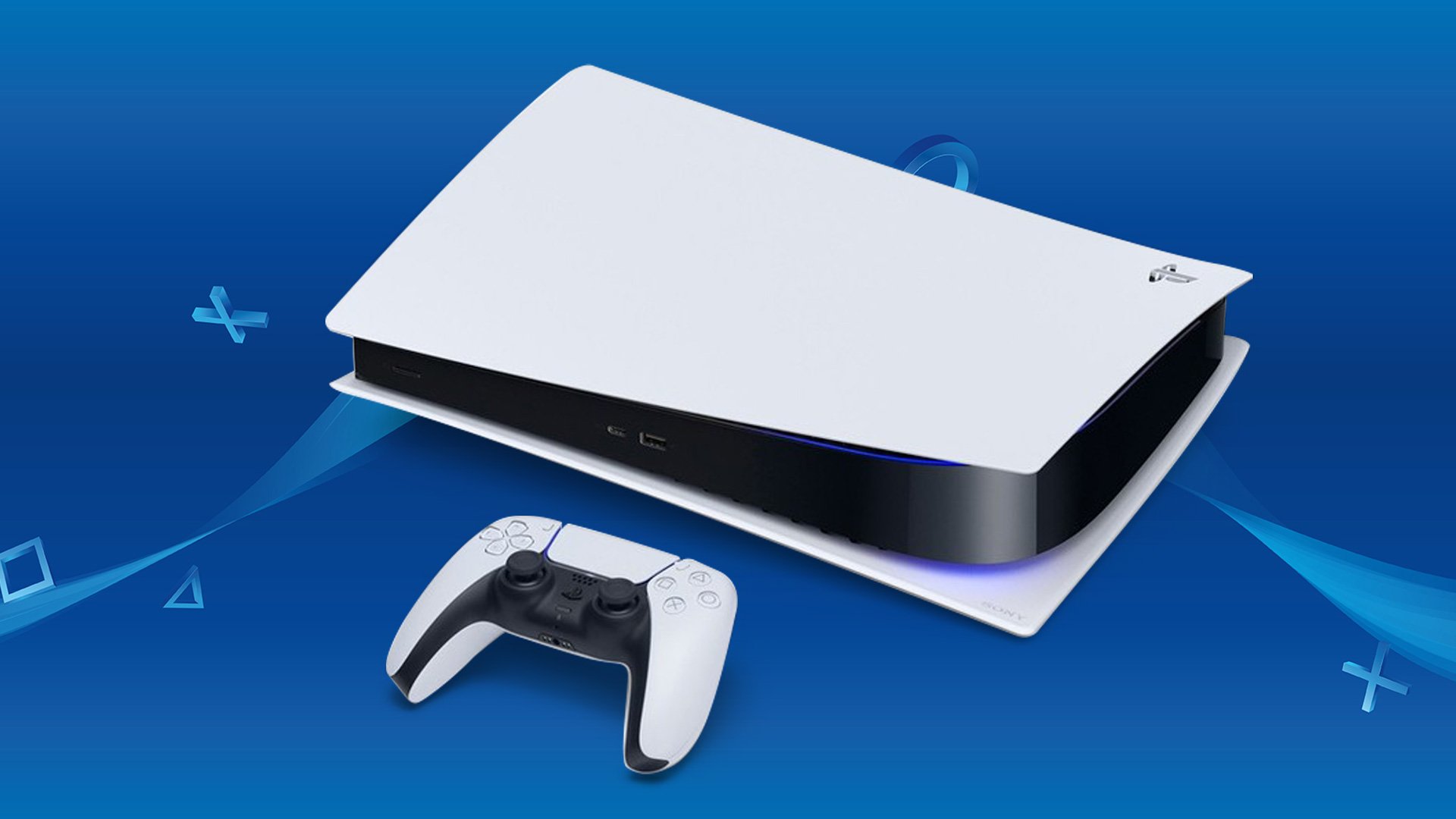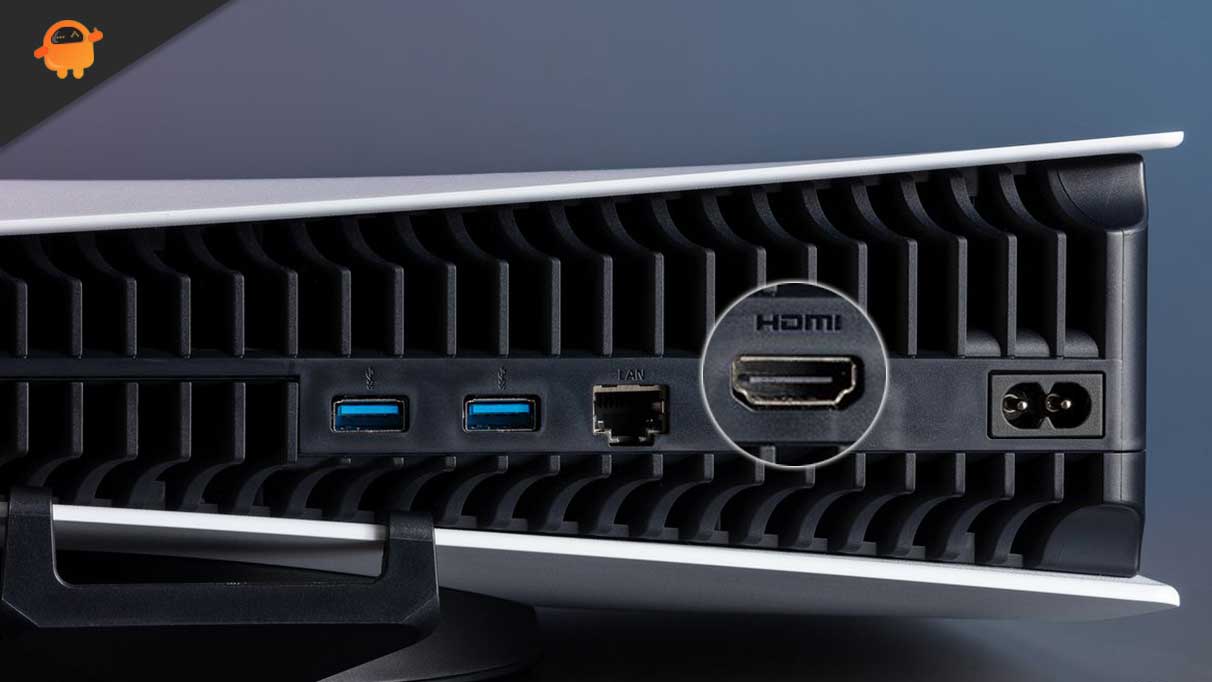Part 1: Introduction
Cloud gaming is poised to significantly impact the iGaming industry as advances in technology enable high-fidelity, lag-free gaming experiences from any device. By leveraging the virtually limitless compute power of centralized data centers, cloud gaming services offer instant access to extensive libraries of games without requiring specialized hardware. This represents a major shift for an industry historically dependent on dedicated gaming PCs and consoles.
The Rise of Cloud Gaming
Over the last several years, leading tech companies like Google, Microsoft, Nvidia, and Amazon have invested heavily in cloud gaming platforms such as Google Stadia, Xbox Game Pass, GeForce Now, and Luna. Their efforts aim to deliver AAA gaming on any screen by streaming games over the internet similar to how movies and shows are streamed via services like Netflix. The pandemic accelerated widespread adoption of cloud gaming as lockdowns increased demand for at-home entertainment options.

Part 2: Increased Consumer Choice
A major benefit of increased competition in cloud gaming is greater choice for consumers. As multiple platforms vie for subscribers, consumers can choose the service that best fits their needs and budget.
Varied Subscription Models
Each provider experiments with different subscription tiers and pricing. For example, Xbox Game Pass offers access to over 100 games for a low monthly fee while Nvidia GeForce Now allows users to stream games they already own from digital storefronts. Having diverse options allows consumers to find an affordable way to access high-quality games.
Ever-Expanding Libraries
To attract new users, providers expand their libraries at a rapid pace, signing deals to add major new releases and back catalogs of popular franchises. The size and variety of available games across platforms exceeds what any individual could purchase. This abundance of choice empowers consumers to sample many genres and franchises.
Part 3: Innovation Through Competition
Healthy competition drives innovation as platforms continuously differentiate their offerings. Developers implement new features to enhance the user experience in ways not possible on traditional platforms.
Improving Streaming Technologies
Early cloud gaming suffered from latency and artifacts, but ongoing R&D makes for smoother, higher fidelity experiences. Technologies like Nvidia’s RTX and AMD’s FidelityFX improve graphics quality while encoding advances minimize latency and bandwidth usage.
Appealing Peripheral Support
Platforms integrate support for innovative input devices to replicate the console experience wherever users play. For instance, GeForce Now optimizes cloud saves and inputs for the Steam Deck handheld PC. Support for cutting-edge peripherals expands how games can be enjoyed.
Engaging Social Features
Networking capabilities foster communities and encourage player engagement. Examples include PlayStation’s Parties, Xbox’s Clubs, and Discord integration on various services. Robust social features enhance the cloud gaming social experience.
Part 4: Ensuring Fair Pricing
Competition keeps subscription and game prices reasonable while still maintaining quality. Platforms unable to offer good value risk losing customers to lower-cost alternatives.
Affordable, Transparent Costs
Services publicize subscription tiers and perks upfront so buyers understand expected costs. Some services offer generous free trials while others pare down costs through measures like Luna+ channel subscriptions or free-to-play game bundles. Transparency builds trust with price-conscious consumers.
Pressure to Maintain Value
If subscription fees or individual game prices rise too high without justification, competitors swoop in to undercut them. This dynamic exerts downward pressure on pricing inflation over time. Consumers benefit from services competing on price as well as features and selection.
Sales and Discounts Proliferate
Frequent deals, bundles, and sales proliferate across platforms as each looks to gain subscribers. Sales slash per-game costs on Steam, Epic Games Store, Ubisoft Connect and more, lowering the financial barrier to explore new titles. Competitive discounts make gaming more affordable long-term.
Part 5: Enabling Market Entry
Open competition facilitates the emergence of new platforms, giving rise and potential to innovators who might not otherwise succeed. This diversity broadens appeal to different demographics.
Opportunities for Indie Platforms
Services like Utomik, Blacknut, and Playkey court niche audiences by specializing in indie games passing over larger firms. Their focused curation strategy lets emerging studios find audiences. Consumers gain access to a wider variety of creative games.
Room for Geographic Specialists
Regional services emerge like XCloud in certain Asian markets or boosted.gg focusing on Australia and New Zealand. They supply games and language localization appealing locally. Niche platforms fill gaps left by globally-oriented giants.
Startups Can Compete on Features
New cloud gaming startups stay competitive through novel concepts rather than libraries. Examples include Hatch’s social and cooperative focus or Shadow’s Windows-level desktop virtual machines. Unconventional ideas keep the market innovative and exciting.
Part 6: Regulatory Monitoring Prevents Abuses
Regulatory bodies like the UK’s Competition and Markets Authority (CMA) play a crucial long-term role ensuring no player engages in anti-competitive behavior that harms consumers or curbs supplier/developer choice. Their scrutiny alleviates risks.
Blocking Anticompetitive Acquisitions
Regulators thoroughly vet major acquisitions for potential to lessen competition. For instance, the CMA scrutinized Microsoft’s $68 billion Activision Blizzard deal to ensure Xbox doesn’t restrict games from rival stores. Such oversight preserves fair competition.
Policing Platform Operation Changes
Any platform policy changes raising antitrust concerns face potential investigation. For example, Apple shifting App Store rules or Google altering ad policies undergo regulatory probes. Monitoring deters practices limiting developer or customer options.
Curbing Restrictive Contracts
Exclusive content deals tying games to a single service come under the microscope, as these locked-down games limit choice. Careful antitrust enforcement preserves cross-platform availability benefiting all cloud and conventional gamers.
Part 7: Addressing Regulatory Challenges
While competition authorities aim to maximize benefits, regulating burgeoning cloud industries comes with complexities around ensuring market dynamism versus curbing abuses. Stakeholder perspectives often diverge.
Balancing Innovation and Regulation
Regulators must consider whether intervention curtails beneficial innovations or needed experimentation. Yet lax oversight risks entrenching monopolies if “innovation” masks anti-competitive harms. Striking the right policy balance remains challenging.
Differing Views on “Free Markets”
Some see vigorous competition and consumer choice as natural “free market” outcomes requiring minimal interference. Others argue certain industries concentrate without regulation, necessitating intervention to maximize social benefits of competition. Regulators navigate these philosophical debates.
Standard-Setting Challenges
Establishing reasonable, future-proof rules-of-the-road across fragmented global cloud gaming marketplaces involves technological unknowns and multiparty coordination challenges. Regulation aims to anticipate issues before they negatively impact consumers.
Part 8: Targetting Different Gamer Preferences
While competition expands options, not all prefer cloud gaming. Platforms target specific gamer niches based on interests, budgets, and desired experience levels. Understanding these segments guides business strategies.
Hardcore Gamers
Serious eSports competitors and graphics aficionados demand low-latency, high-fidelity hardware. Dedicated PCs and consoles satisfying these needs see ongoing investment. Cloud caters more to casual players open to tradeoffs.
Budget Conscious Players
Cloud removes hardware costs, appealing to value seekers. Subscription options like Game Pass provide affordable, rotating libraries. Still, some prefer one-time game purchases over recurring fees.
Mobile-Focused Players
Streaming expands mobile possibilities yet mobile games increasingly satisfy on-the-go players. Cloud risks crowding a mature, profitable market segment if not enhancing the experience. Partnerships may prove more prudent than direct competition here. In conclusion, increased open competition positively impacts the iGaming industry by fostering innovation, fair pricing, and new opportunities through regulation and diverse business models catering to varied player types. Overall, competition expands access to quality gaming.
 PS5 Compatibility: What You Need to Know
PS5 Compatibility: What You Need to Know